Tired of Fried Plants? Here’s How to Create a Garden That Actually Loves the Sun
I’ve lost count of how many times I’ve stood in a yard with someone, pointing to a patch of grass that looks like it’s been through a war. You know the spot—that strip along the driveway or the wide-open front lawn that gets absolutely torched all day long. They’ll tell me, “Nothing survives here.” But where they see a problem, I see some serious potential.
In this article
Here’s the secret: creating a gorgeous garden in full sun isn’t about finding some magical, bulletproof plant. It’s about understanding what that sun is doing and picking plants that are already equipped for the job. It’s less about fighting nature and more about working with it.
By the way, when gardeners talk about “full sun,” we mean an area that gets at least six solid hours of direct, unfiltered sunlight a day. But let’s be real, the gentle morning sun is a completely different beast than the scorching heat of late afternoon. My goal here is to get you past just a list of plants and into the mindset of a pro—looking at the soil, the light, and the little tricks that make a garden truly thrive.
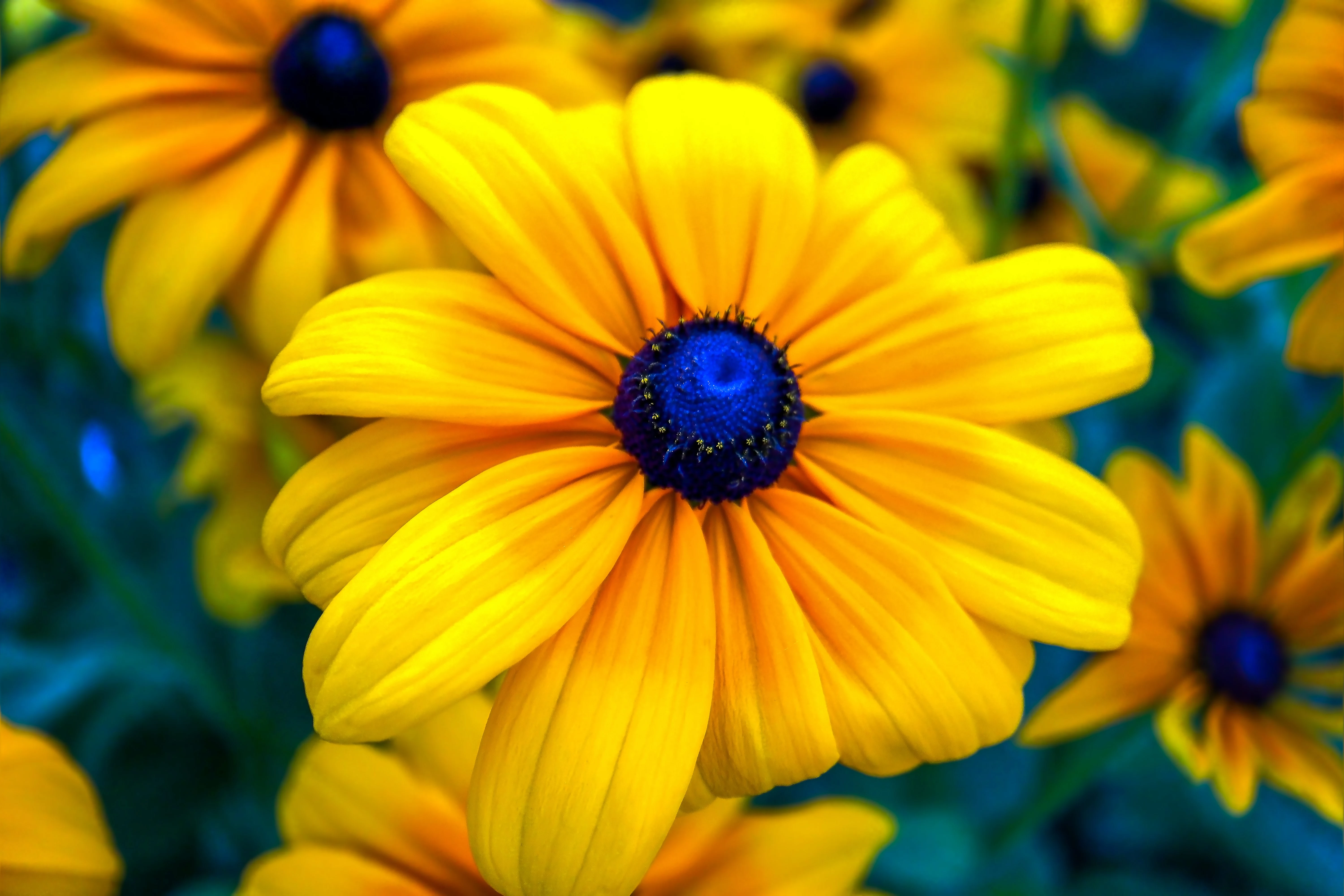
Respecting the Sun (It’s a Beast)
To have a successful sunny garden, you have to get what the sun is actually doing to your plants and soil. It’s not just light; it’s a massive source of heat and energy.
Sure, plants need sunlight for photosynthesis—that’s how they make their food. More light can mean more energy for big, beautiful blooms. But too much can literally give a plant a sunburn, bleaching its leaves and causing them to look scorched. The plant just can’t keep up.
Heat is the other part of the equation. The sun warms up the plant and the soil around it. Plants cool themselves by releasing water vapor through tiny pores in their leaves, a process called transpiration. But when it gets brutally hot, a plant panics and closes those pores to save water. The downside? It can no longer cool itself off and starts to overheat.
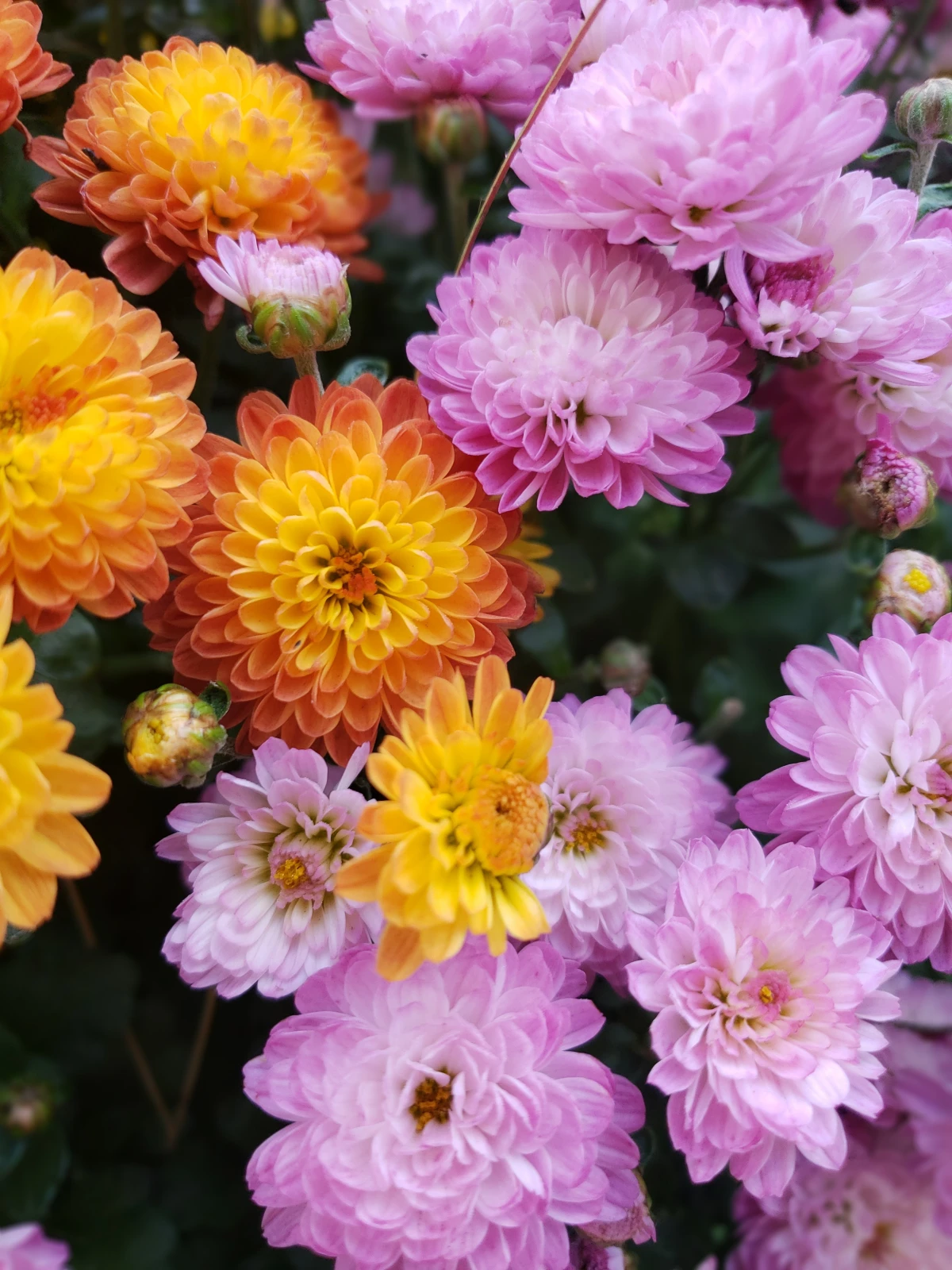
Plants that are built for this environment have some pretty cool tricks up their sleeves. Think about lavender or lamb’s ear—they have silvery-gray leaves that reflect sunlight, keeping them cooler. Many have fuzzy leaves that trap air for insulation and reduce water loss. Others have waxy or leathery foliage that acts as a natural barrier. When you start noticing these traits, you’re not just picking a plant anymore; you’re selecting a survivor with the right gear for the job.
The Real Work: Prepping Your Site and Soil
You can go out and buy the most expensive, sun-loving plants from the nursery, but if you just plop them into bad soil, you’re basically throwing your money away. I tell every new gardener the same thing: the most important work you’ll ever do happens before you even buy a single plant.
Feeling Overwhelmed? Start Here.
Before you do anything else, just do this one thing: go outside at 9 a.m., 12 p.m., and 3 p.m. and snap a quick photo of your garden spot on your phone. That’s it. Seeing how the light moves across the space is the most important first step, and it costs you nothing but a few minutes of your time.
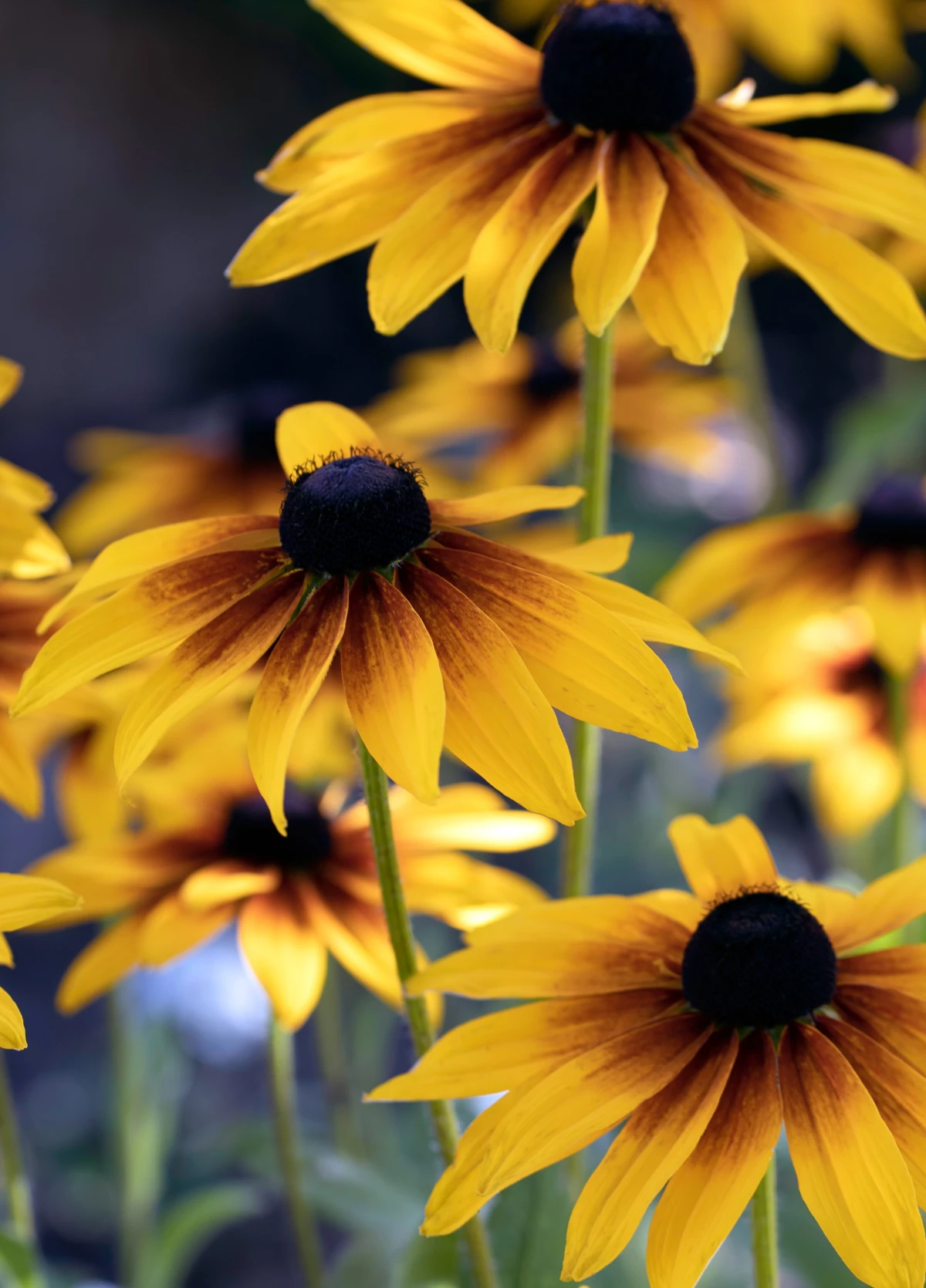
Get Your Soil Tested
The sun bakes moisture out of the soil, so knowing what you’re working with is a non-negotiable step. I always push for a professional soil test. You can get a simple kit from your local university cooperative extension office. They’re a huge bargain, usually running just $15 to $30, and the detailed report you get back is priceless. It will tell you your soil’s texture (sandy, loamy, or clay), its pH level, and what nutrients are missing. It’s your roadmap.
Fixing the Foundation
Once you have that report, you can fix your soil properly. This is more than just dumping a bag of topsoil on top. This is a real workout, so plan for a solid afternoon or even a whole weekend for a decent-sized bed (say, 10×10 feet). It’s tough, but it pays off for years.
- If you have heavy clay soil: Clay holds water, which sounds good, but in the sun it can bake into a solid, cracked brick that roots can’t penetrate. Your goal is to add air and improve drainage. Add a few inches of organic compost. For a 10×10 bed, you’re probably looking at 4-6 bags of compost. A common mistake is adding sand to clay—don’t do it! You’ll accidentally create a substance that’s basically low-grade concrete.
- If you have sandy soil: Sand is the opposite problem. Water and nutrients drain away before your plants can grab them. Again, compost is the hero. It acts like a sponge. I’ll typically work a 2-to-3-inch layer of compost into the top 8 to 12 inches of soil.
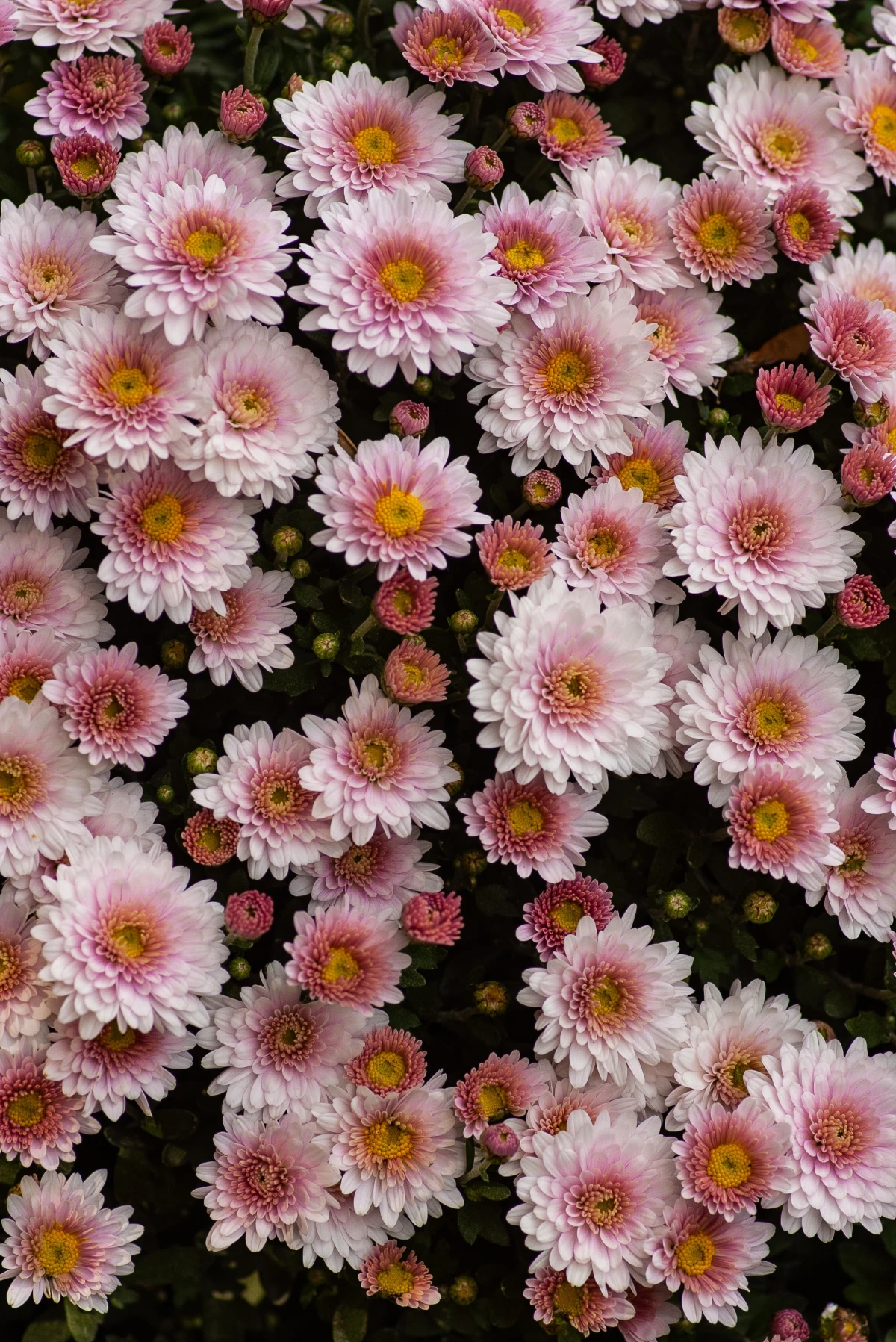
My Go-To Plants for Tough, Sunny Spots
Okay, now for the fun part. This isn’t just a list; these are proven performers. I’ll give you the inside scoop on how to use them and what to watch out for.
1. Black-Eyed Susan (Rudbeckia)
A true classic for a reason. These cheerful, yellow-petaled flowers are absolute workhorses from mid-summer into fall. I love using them to create big, natural-looking splashes of color. A quick tip: if you want more blooms, snip off the dead flowers. But I like to leave the last few seed heads standing in the fall—goldfinches go nuts for them. Heads up! In humid areas, they can get powdery mildew. Look for a resistant variety like ‘American Gold Rush’—it’s a beast against fungus—and be sure to give them good air circulation by spacing them about 18 inches apart.
2. English Lavender (Lavandula)
Nothing says “sunny garden” like the sight and smell of lavender. That silvery foliage is your clue that it’s built for the heat. The number one mistake people make is planting it in rich, damp soil. It HATES having wet roots, especially in winter. For lavender, drainage is everything. I often plant it on a slight mound or in raised beds. After its first big bloom, trim it back by about a third to keep it from getting woody. Expect to pay between $15 and $25 for a nice one-gallon plant.
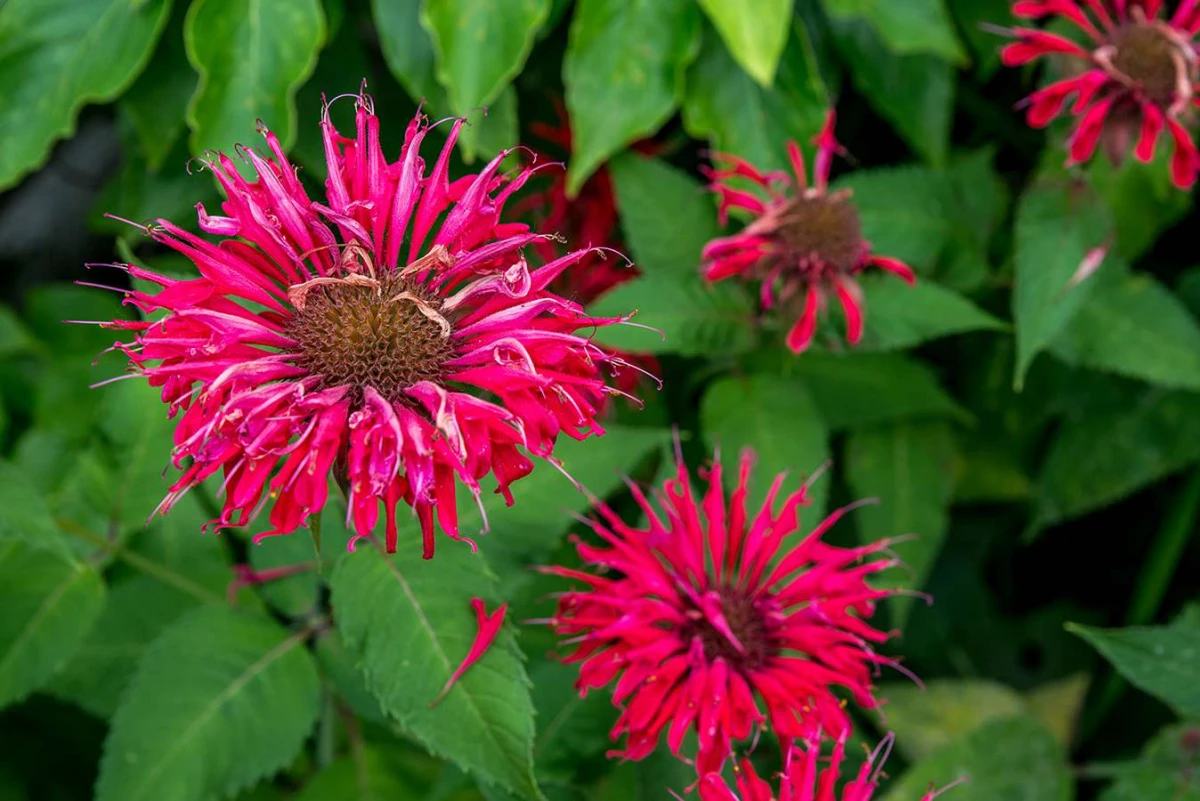
3. Coneflower (Echinacea)
These are tough prairie natives that are a magnet for bees and butterflies. While the classic purple is great, there are tons of new colors out there. A word of caution: I’ve found that some of the wilder-looking hybrids aren’t as tough as the originals. For reliability, I stick with proven varieties. They get about 2-3 feet tall and are perfect for the middle of a garden bed.
- Spacing: Give them about 18-24 inches of room to breathe.
- Price Range: A 1-gallon plant will typically set you back $12 to $20.
- Pro Tip: Don’t fertilize them much! Too much food makes them grow tall and floppy. They thrive on a little neglect.
4. Yarrow (Achillea)
Got a spot that’s just brutally hot and dry? The ‘hellstrip’ between the sidewalk and the street? Yarrow is your answer. Its feathery foliage is beautiful on its own, and its flat-topped flowers are lovely. Some types can spread a lot, so look for clumping forms like ‘Moonshine’ if you want it to behave. It performs best in poor soil with very little water. Seriously.
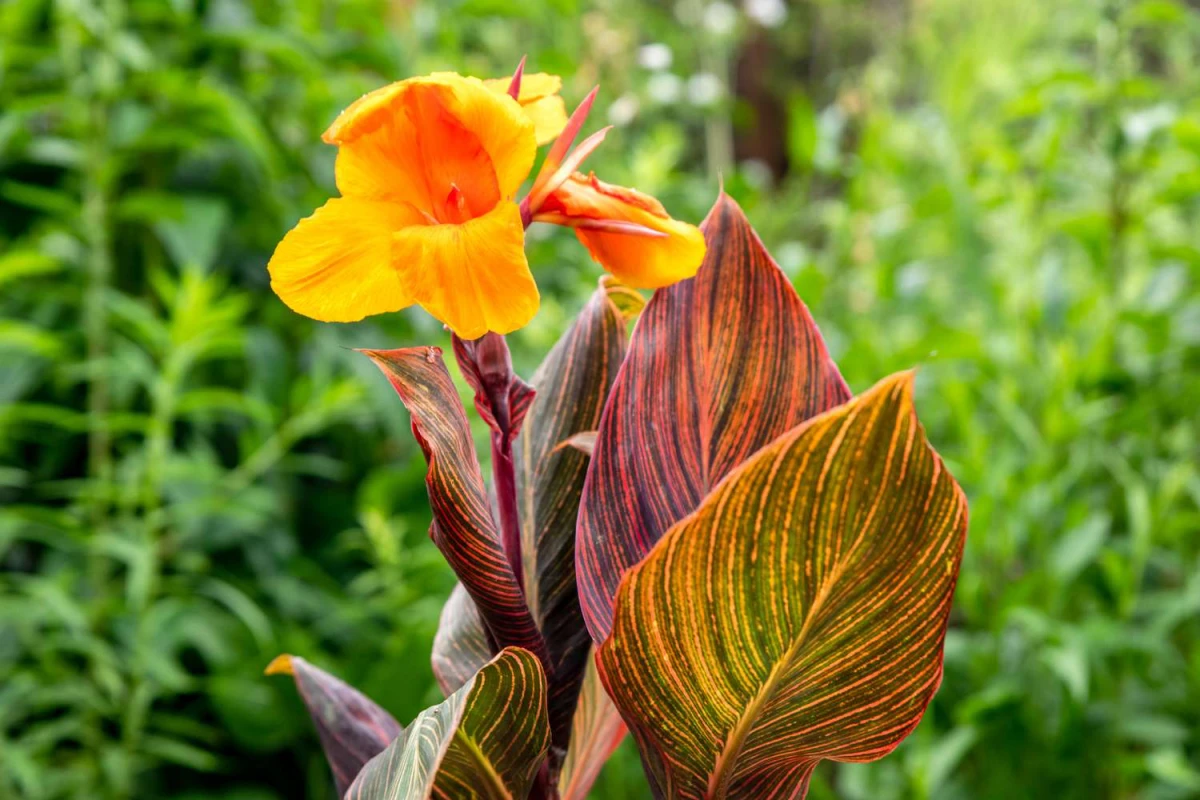
5. Perennial Salvia (Salvia)
These are superstars for the front of a sunny border, producing beautiful spikes of purple, blue, or pink flowers. They are fantastic for bridging the gap between spring flowers and peak summer blooms. Here’s the best trick for salvias: after their first big show, shear the whole plant back by about half. It’ll look terrible for a week, but I promise it will reward you with a whole new round of flowers later in the summer.
Putting It All Together: Planting and Long-Term Smarts
There’s an old saying: “Dig a ten-dollar hole for a one-dollar plant.” It’s 100% true. Dig your planting hole twice as wide as the pot the plant came in, but no deeper. Gently loosen any circling roots at the bottom of the pot before you place it in the hole. A good trowel works, but honestly, my favorite tool for this is a Hori Hori knife. It’s a Japanese gardening tool that’s perfect for digging, cutting stubborn roots, and planting.
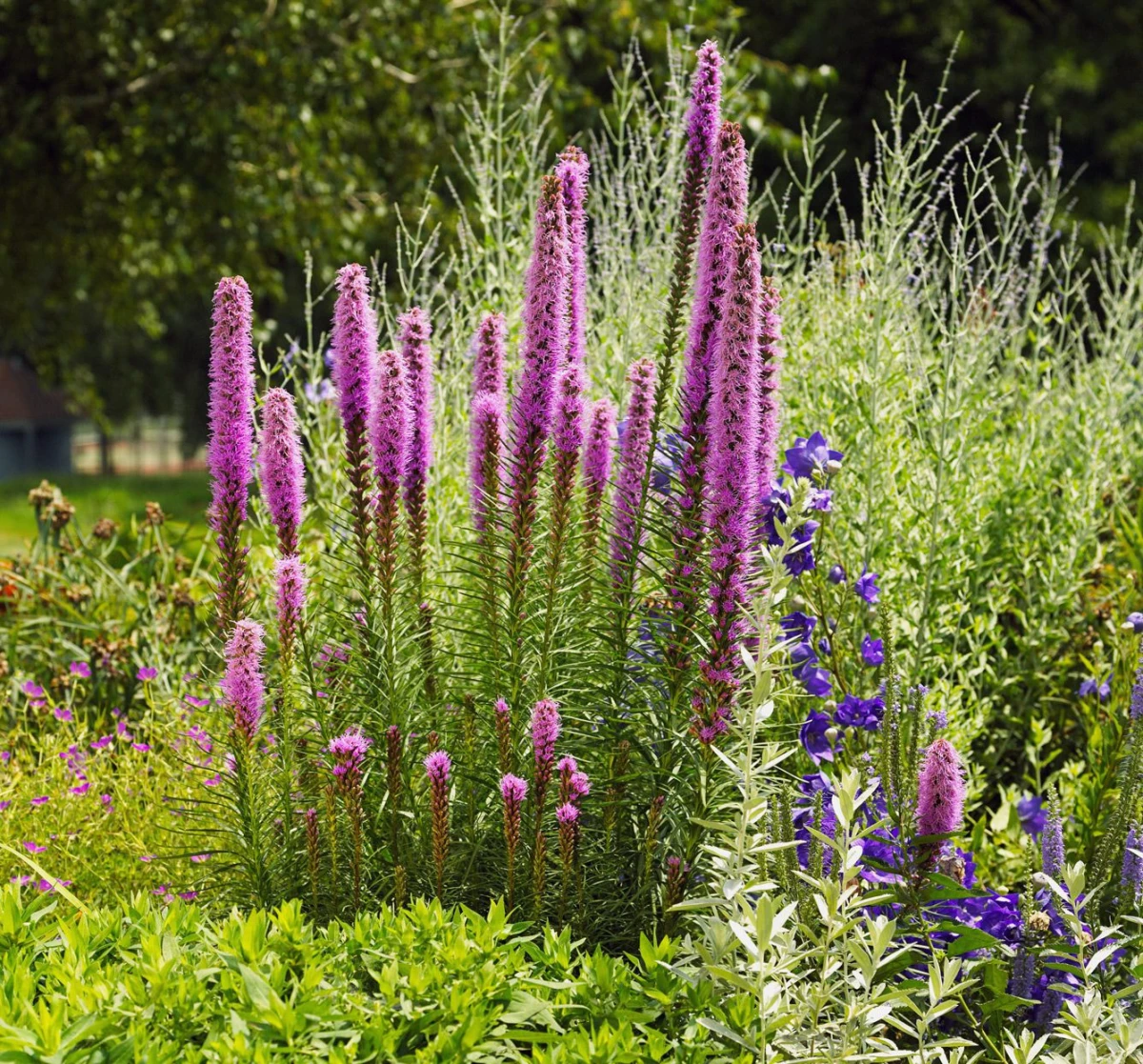
When it comes to watering, think deep and infrequent. A light sprinkle every day just encourages shallow roots. It’s far better to give the garden a deep, slow soak once or twice a week. Soaker hoses are great for this because they deliver water right to the roots.
And please, use mulch! A 2-to-3-inch layer of shredded hardwood or pine bark will keep the soil moist and cool. But here’s a critical warning: never pile mulch right up against the stems of your plants. This ‘volcano mulching’ traps moisture and invites rot and disease. Always pull it back an inch or two.
Thinking Like a Designer (It’s Easier Than You Think)
Once you’ve got the basics down, you can start creating some real magic. A great garden is about more than just a bunch of pretty plants; it’s about how they work together.
For a classic, no-fail combo, try this recipe: Use a low-growing perennial Salvia along the front edge of your bed. Behind it, plant a big, beautiful drift of Coneflowers for that mid-summer punch. Then, in the back, use a tall, spiky plant like Blazing Star (Liatris) as an ‘exclamation point’ to draw the eye upward.
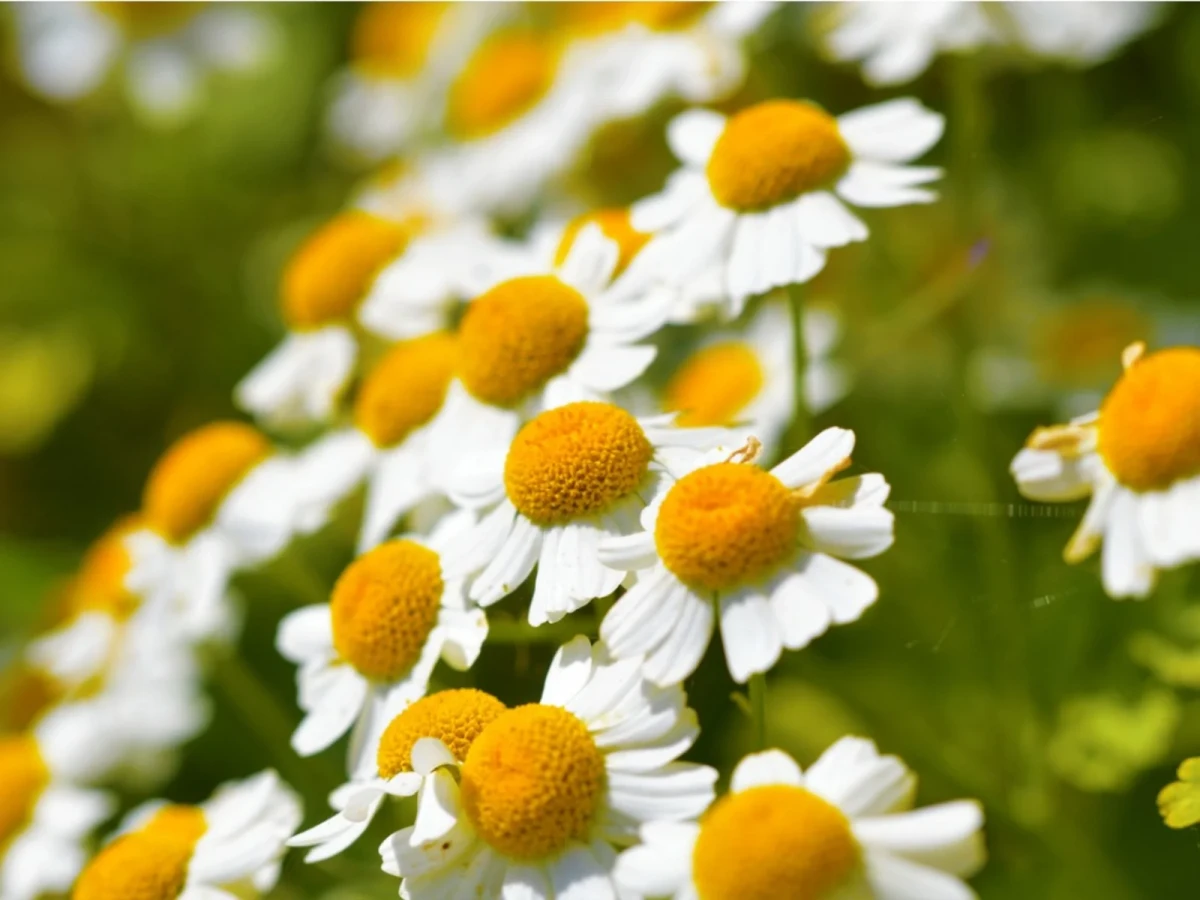
Don’t just think about flower color. Contrast the fine, feathery leaves of Yarrow with the big, bold leaves of a Coneflower. That’s what gives a garden that professional, dynamic feel.
A Final Bit of Real Talk
Gardening is amazing, but it’s also hard work. Be safe when you’re working out in the sun. Wear a hat, stay hydrated, and try to work in the cooler morning or evening hours.
And don’t be afraid to fail! I once designed a beautiful border with a dozen expensive lavender plants. I did everything right with the soil, but I completely missed that a roof downspout emptied right into the bed during heavy rains. We lost half the plants to root rot. It was an expensive, humbling mistake, but it taught me to always, always watch how water moves across a property.
There’s also no shame in knowing your limits. If you’re dealing with major drainage issues or need a retaining wall built, call a professional. Hiring someone to do the heavy-duty soil prep might cost a few hundred dollars, but it can save you a world of backache. A garden that shines in the sun is a partnership between you and your plants. Get the foundation right, and you’ll create something beautiful that lasts for years.
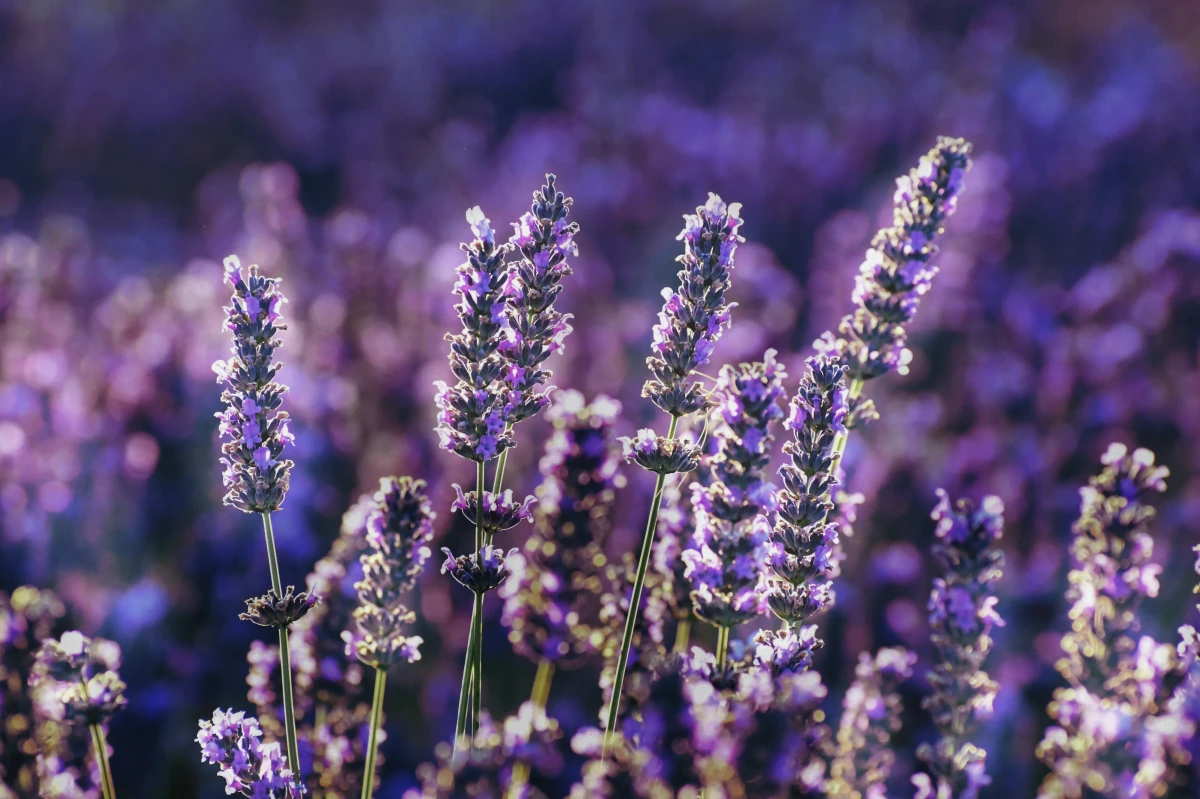
Gallery
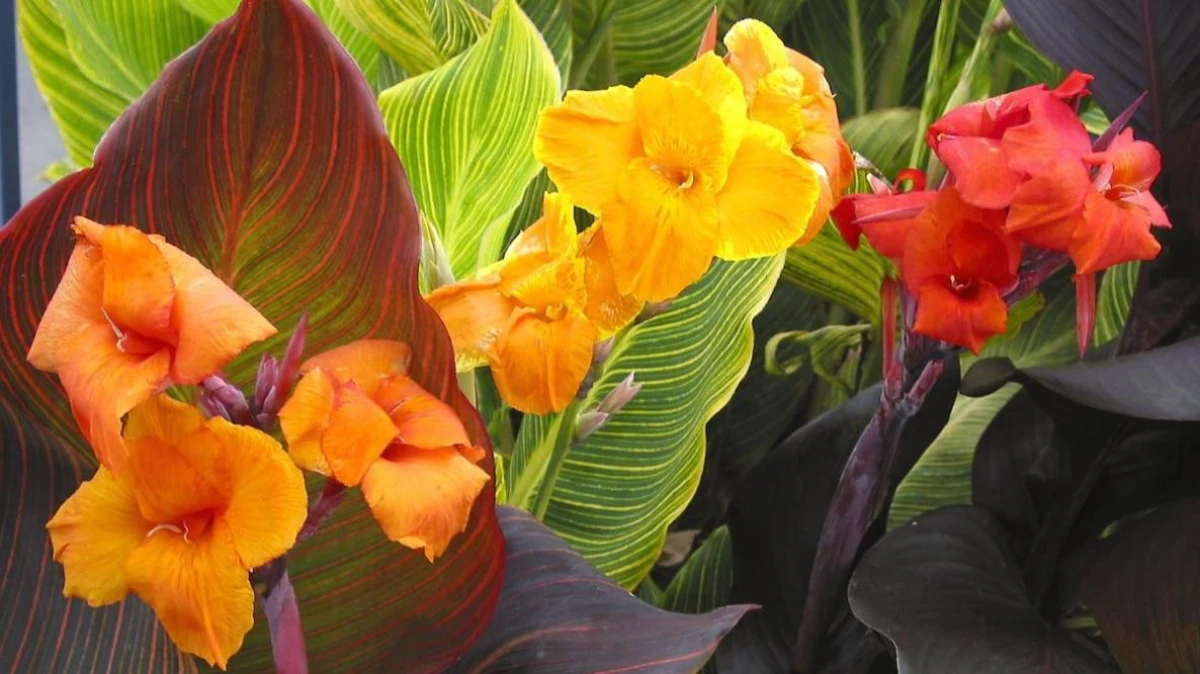
The Watering Debate: Deep and Infrequent vs. A Daily Sprinkle
For gardens baked in sun, the temptation is to give them a quick spray every hot afternoon. Resist! This encourages shallow roots that are vulnerable to drying out. The professional approach is deep, infrequent watering. Water early in the morning, aiming the hose at the base of the plants, not the leaves. Soak the soil thoroughly until it’s moist several inches down. This forces roots to grow deeper in search of moisture, creating a tougher, more drought-resistant plant. For a 10-foot by 10-foot bed, this could mean 30 minutes with a soaker hose once or twice a week, depending on the heat, rather than a five-minute sprinkle daily.










